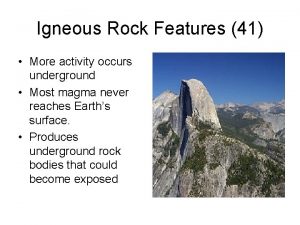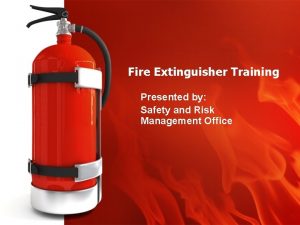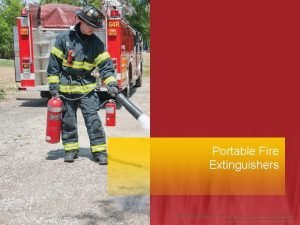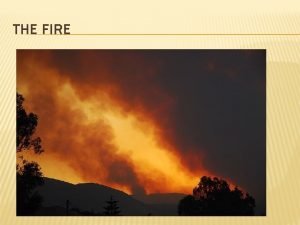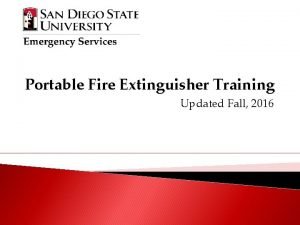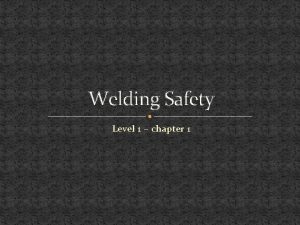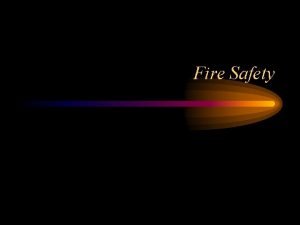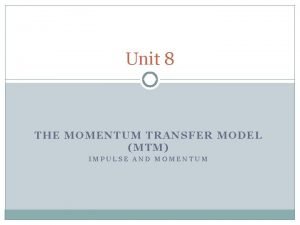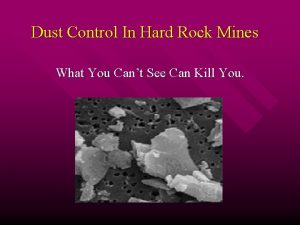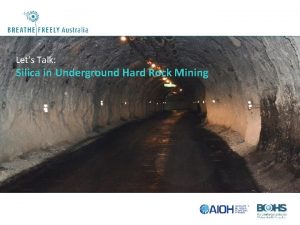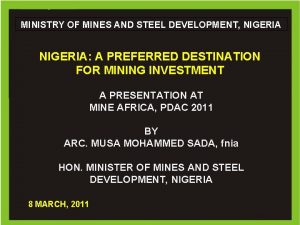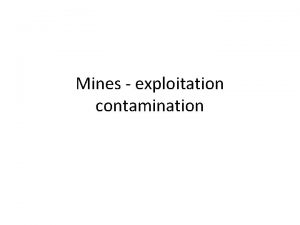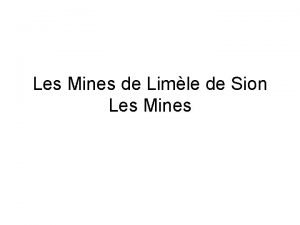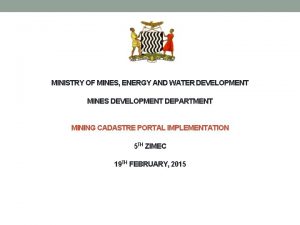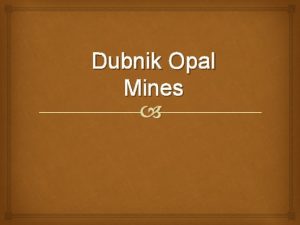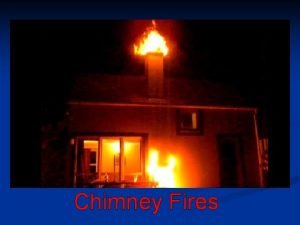Fires in underground hard rock mines Rickard Hansen
















- Slides: 16

Fires in underground hard rock mines Rickard Hansen

Fires in mines

The environment � Access by elevator or ramp. � Complexity; 3 -D aspect; ever changing layout. � Limited access/road system in some cases. � More or less fixed ventilation possibilities. But the ventilation flows will vary. � Darkness.

� Workshops; canteen; storage facilities; crusher stations; transportation drifts; shafts etc. � Ore transport by train or truck. � Difficult with barriers in some areas. � Large number of vehicles. Heavy vehicles. � Extremely long distances.

Risks in general � Explosives. � Falling � Gases. rocks. � Flooding. � Open shafts. � Flammable liquid and gases. � Fires in heavy vehicles, conveyor belts etc. � Smoke spread.

Fire behavior � Extensive smoke spread in length + 3 -D + mechanical ventilation. � Smoke stratification only at the fire vicinity. Fire gases cools down rapidly. Poor visibility. � Due to the general vastness and openess of the mine drift and most combustibles found at the lower part, flame radiation will dominate as the spread mechanism.

� Combustible materials generally found concentrated at certain positions, the likelihood of the fire spreading from the first item is generally small. � Flashover not likely in an open mine drift. � Spray fires – hydraulic equipment.

Vehicle fires � Vehicles found in almost all parts of a mine. � Large amounts of tyre, diesel, hydraulic oil, hydraulic hoses, cables etc. � Rapid fire growth.

� Considerable smoke production. � Long lasting fires. � Most common type of fire. � Most dangerous fire under ground.

Fire and rescue service � Attack routes – evacuation routes. � Lack of barriers – use ventilation. � Should we ventilate while the evacuation is still going on? � Smoke ventilation – where will the smoke end up? � Miners in refuge chambers, will the air last?

� Choice of extinguishing agent. � Falling rocks. � Backlayering. � Extremely long distances. � Fire and rescue units stationed under ground.

Challenges ahead � Quantifying different types of fires – smoke ventilation. � Modelling mine fires. Fire perspective! � How much air should the refuge chamber contain? � Design and construction of mining vehicles.

Fire experiments in an underground mine



 Types of igneous rock
Types of igneous rock Intrusive igneous rock bodies are called
Intrusive igneous rock bodies are called Work hard have fun make history
Work hard have fun make history Hard times hard drive
Hard times hard drive Gravimetric analysis of calcium and hard water
Gravimetric analysis of calcium and hard water Mnemonic for fire extinguisher types
Mnemonic for fire extinguisher types A destroyer simultaneously fires two shells
A destroyer simultaneously fires two shells Mingella
Mingella Pass acronym
Pass acronym 2007 greek forest fires
2007 greek forest fires Class c fires
Class c fires Causes and effects of wildfires
Causes and effects of wildfires Most welding environment fires occur during
Most welding environment fires occur during Different fires
Different fires Marco koper
Marco koper Momentum bar chart
Momentum bar chart Nsw department of industry
Nsw department of industry

